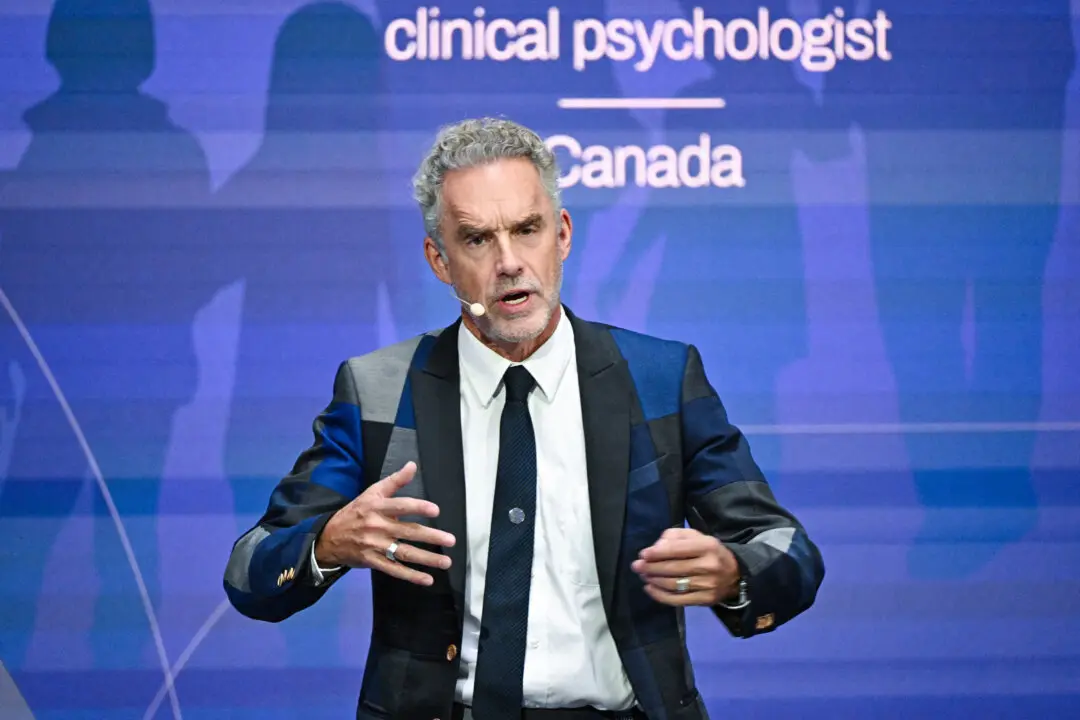Commentary
Wokeness is a radical political movement that operates, in part, by “capturing” institutions. Once “captured,” an institution is made woke in its objectives and operations and propagates wokeness using its available resources, often in an authoritarian manner.


